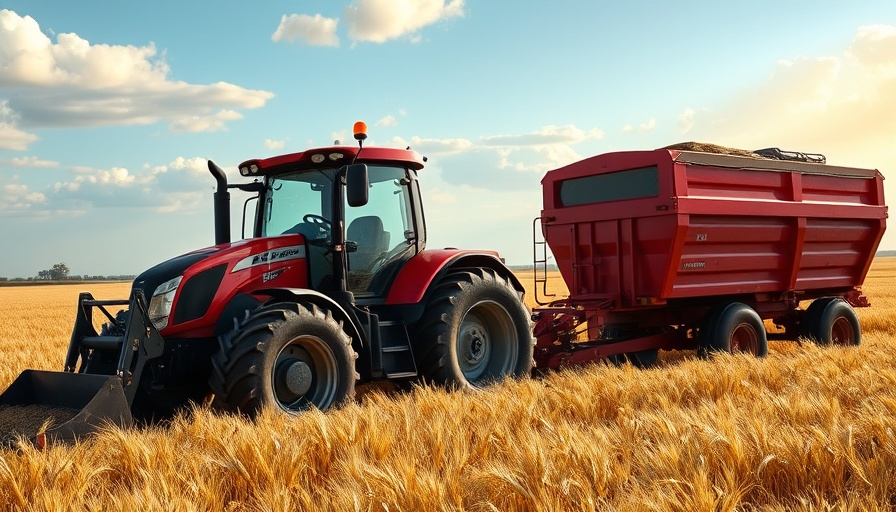
Understanding the Wheat Market: Current Trends
The wheat market has recently been under significant price pressure, primarily due to an abundance of supply as harvests ramp up across the northern hemisphere. According to RaboResearch, a slight upward trend in wheat prices is expected over the coming months, but concerns about quality—especially that of high-protein wheat—could tighten availability. Currently, the international wheat trading scene remains relatively quiet.
North American Wheat Harvest: A Mixed Bag
In North America, the wheat harvest is progressing well, with both the United States and Canada outpacing their long-term averages. However, drought conditions have led to a reduced proportion of good to excellent-rated summer wheat. This year, U.S. wheat production, particularly high-protein varieties, is projected to drop by about 7%. Meanwhile, Canadian wheat production is expected to reach 34.4 million tons, down approximately 3 million tons from earlier forecasts.
European Insights: Rising Production and Inventory Concerns
Across Europe, the European Commission has raised the average hectare production to 6.09 tons per hectare. France, in particular, is seeing strong harvest progress compared to historical averages, alleviating initial concerns about low protein levels. Despite these advancements, France is also forecasting an ending inventory of 3.9 million tons of wheat, marking a significant increase compared to previous years.
Market Dynamics: The Black Sea Region
The dynamics in the Black Sea region present a variety of outcomes. For instance, Bulgaria has completed its harvest, while Romania is currently in the thick of it. However, the harvests in Russia and Ukraine are lagging behind last year’s performance, with early reports from Russia being particularly underwhelming in terms of both yield and quality. Analysts hope that outcomes will improve as the harvesting progresses further north in Russia.
Price Outlook: Navigating Future Challenges
As we look forward, the wheat market will need to navigate several challenges. The interplay between supply and quality will be crucial, as lower high-protein wheat yields could create tighter inventories. Market experts advise agrarians to remain vigilant and informed about harvest conditions, climate impacts, and international trade agreements that could affect prices.
Conclusion: Staying Informed in a Volatile Market
As farmers and agrarians face a fluctuating landscape in the wheat market, the importance of remaining informed cannot be overstated. Monitoring developments and adjusting strategies accordingly can significantly impact profit margins. By staying ahead of market trends and understanding the variables at play, agrarians can better position themselves for the upcoming seasons.
 Rij toevoegen
Rij toevoegen






Write A Comment